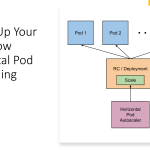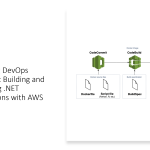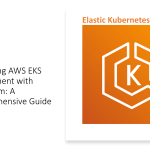Continuing from my previous blog, let’s explore some more advanced topics related to DevSecOps implementation.
Identity and Access Management
Identity and Access Management (IAM) is a critical aspect of DevSecOps. It involves managing user identities and controlling their access to resources based on their roles and responsibilities. IAM includes the following activities:
- Identity Management: It involves managing user identities and their attributes, such as name, email, and role.
- Authentication: It involves verifying user identities using various authentication methods, such as passwords, biometrics, and multifactor authentication.
- Authorization: It involves controlling user access to resources based on their roles and responsibilities.
- Auditing and Compliance: It involves auditing user access and maintaining compliance with security policies and regulatory requirements.
Infrastructure as Code (IaC)
Infrastructure as Code (IaC) is the process of defining and managing infrastructure using code. It enables the infrastructure to be treated as software, making it easier to manage and maintain. IaC includes the following activities:
- Define infrastructure: Define the infrastructure components, such as servers, databases, and networks, using code.
- Version control: Version control the infrastructure code to enable collaboration and track changes.
- Test infrastructure: Test the infrastructure code using automated testing tools to ensure that it is working as expected.
- Deploy infrastructure: Deploy the infrastructure code using automated deployment tools to ensure consistency and reduce errors.
DevOps Toolchain Integration
DevSecOps requires the integration of various tools and processes to ensure seamless collaboration and communication between teams. DevOps toolchain integration includes the following activities:
- Continuous Integration (CI): Automate the build and integration process to ensure that code changes are tested and integrated quickly and efficiently.
- Continuous Delivery (CD): Automate the deployment process to ensure that code changes are delivered to production quickly and reliably.
- Continuous Monitoring (CM): Automate the monitoring process to ensure that the software and infrastructure are continuously monitored for potential security issues and other problems.
- Collaboration and Communication: Ensure seamless collaboration and communication between teams using tools such as chat, wikis, and project management tools.
Conclusion
DevSecOps is a critical practice that requires continuous improvement and refinement. By implementing IAM, IaC, and DevOps toolchain integration, organizations can improve their security posture significantly. These practices help manage user identities, define and manage infrastructure using code, and ensure seamless collaboration and communication between teams. By following these best practices, organizations can build and deploy software that is secure, compliant, and efficient.



